Utilizing both micro and macroeconomic models to foster sustainability and reduce waste
“To shift to a circular economy, businesses need to explore new models that allow products to be used again and again.” John Atcheson, Co-Founder & CEO of Stuffstr.
What does it mean? The circular economy, or the 360° economy, focus on closing the loop of consumer good usage and waste. We habitually buy things, use them, and at some point, whether it’s a few seconds or years later, we discard them.
According to 360° City, every minute worldwide, over one million plastic bottles are sold. 91% of those bottles aren’t recycled. What if we could close the loop? 360° City also highlights how lifetime items, such as drills, are only used for an average of 10 minutes.
Why manufacture, sell, and then purchase such an item that has such little use? A study conducted by Arizona State University found that the average American owns $7,000 worth of unused goods.
The Circular Economy champions the ideas of maximizing a good, as opposed to a good simply being bought, goods should – and can- be leased, rented, recycled, repaired, or repurposed.
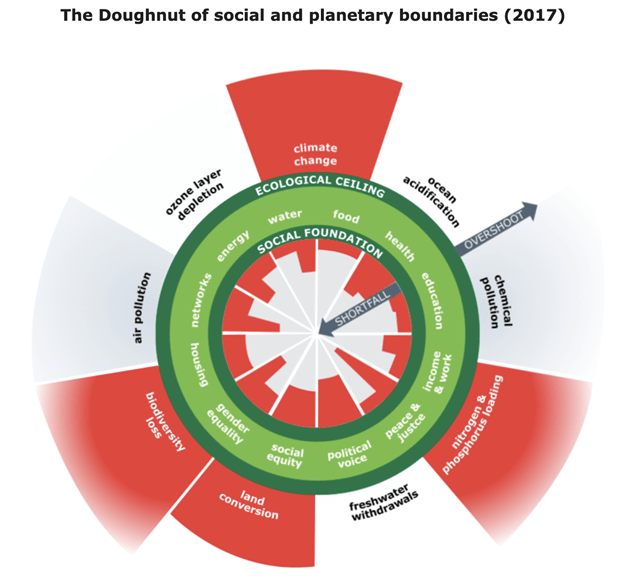
This increases sustainability, reduces waste, allows for closer and more accountable B2C relationships, and does good for the planet. It’s a win-win.
Key Principles
According to Mud Jeans, there are seven key principles of a circular economy. Mud Jean’s pants are 100% made from post-consumer recycled cotton, they represent the quintessential elements of a circular economy. They aim to “achieve economic, social, and environmental prosperity”. This can be done without the compromise of quality.
The seven principles are as follows:
- Design for the future
- Prioritize regenerative resources
- Preserve and extend what is already made
- Rethink the business model
- Use waste as resource
- Collaborate to create joint value
- Incorporate digital technology
By following these principles, a product (clothing) that is usually considered unsustainable becomes a role model for how all clothing should be produced to minimize environmental impact.
Examples
Companies are shifting toward circular economic models. The implementation may seem difficult, but there are innovative ways of ensuring long-term sustainability.
Check out some companies forging the path:
- Stuffstr: as mentioned earlier in this article, “Stuffstr is a social enterprise dedicated to increasing sustainability around the things you buy”. They partner with retailers to buy back used clothing to avoid it ending up in a landfill. This strategy is called “recommerce”, and it is being looked at as a sustainable model for fashion and household items. Consumers sell old clothing to Stuffstr’s retail partners in exchange for gift cards. These brands include big names such as The North Face and H&M.
- Mud Jeans: also mentioned above, Mud Jeans demonstrates all aspects of the circular economy; using sustainable material and production methods to reduce waste and do better for the environment. In true circular economy fashion (pun intended), the jeans can be bought or leased.
- Guess and H&M: are releasing vintage collections instead of destroying older inventory. H&M also gives customers vouchers for every bag of clothing donated.
- Amazon: is working on developing a buyback program, giving customers the opportunity to resell their items while buying new ones to keep the circle flowing.
- Dell: is using plastic that might otherwise end up in the ocean as new packaging for its laptops.
- Apple: has developed a new robot named Daisy that can disassemble 200 iPhones an hour and recycle the materials instead of throwing them away.
- REI: has regular in-store garage sales and social events where members can trade their gear.
- IKEA: now has furniture leasing in over 30 markets.
- Bundles: leases washers and dryers. New, environmentally-taxing machines don’t have to be rapidly produced and sold.
It’s no secret that sustainability sells. As consumers grow more conscious of where they spend their money and which brands they support, it’s vital to maintain a multifaceted approach: doing good for the planet and your customers.
There are creative ways to give back to the planet and get involved in the circular economy. Concerning the time; no consumer expects a company to do it all at once. Beginning with small steps, such as implementing a buyback program or hosting garage sales, is something consumers notice and appreciate. A shift to sustainability, and to the circular economy, has to start somewhere.
Opportunities
According to a study conducted by OC&C Consultants, “15 percent of Gen Z respondents reported they were dedicated to “reducing the amount of waste I create”, 14 percent to “reducing my carbon footprint”, and 13 percent to “reducing use of single-use plastic “”.
In addition, according to PA consulting, 72% of electronics customers and 66% of clothing customers are willing to resell goods if a store offers a Goodenough buyback program. This highlights the intense potential of re-commerce strategies for companies. According to Atcheson,
Re-commerce is growing approximately 21 times the rate of regular retail.
For retail companies, this expands the type of relationship possible with the consumer; buyback programs, increased loyalty, engagement, and reasons for a customer to return once the initial transaction is complete, to name a few.
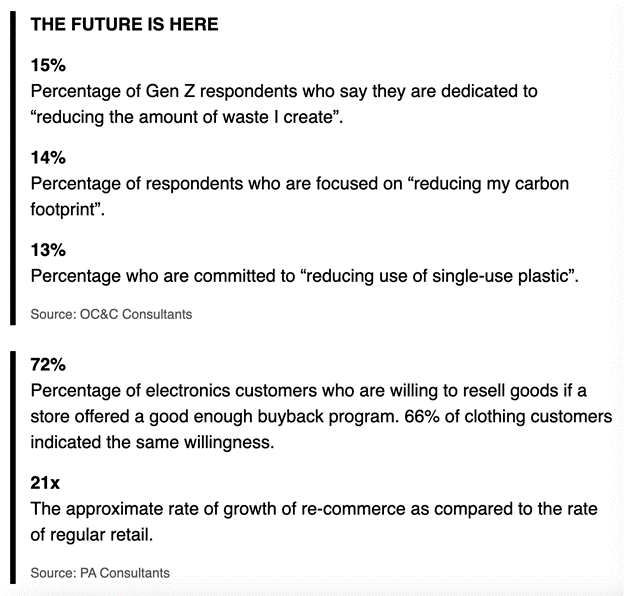
According to the Retail Council of Canada, a recent PA Consulting report, co-authored by Mark Lancelott, estimates that:
- Retailers could potentially generate $70 billion just by reusing goods and materials.
- $7,000 in unused consumer goods translates to roughly $875 billion that could be recirculated back to retailers.
- Clothing in particular has profound economic benefits; in the UK, it’s estimated that close to $1,300 in profit can be generated by collecting one tonne of used clothing—significant value considering that roughly 80% of clothing items go unworn.
This goes to show the potential of implementing the circular economy, from small firms to large corporations, client retention and sustainability ratings will both increase.

Sources
- Circle Economy – Partners | MUD Jeans
- 360 Degree City Podcast from Intelligent Futures
- Towards a Circular Economy | 360 Degree City
- Stuffstr
- 360-degrees of the modern retail economy – Retail Council of Canada
- Doughnut | Kate Raworth
- The Courage to Connect – Your Undivided Attention | Pódcast en Spotify
- About Doughnut Economics | DEAL
- Now is still the time to commit to re-use | PA Consulting
Image
- Pixabay

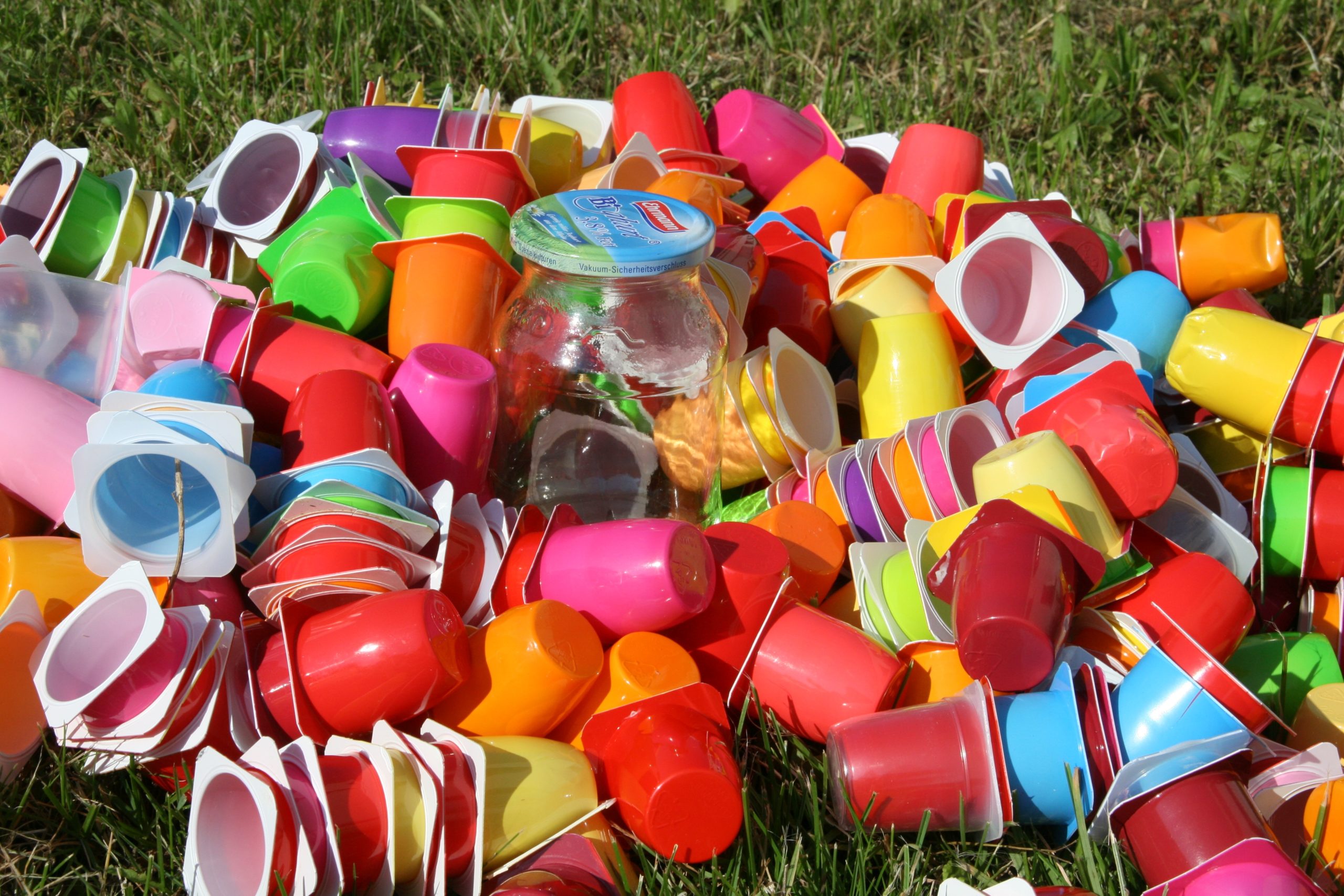
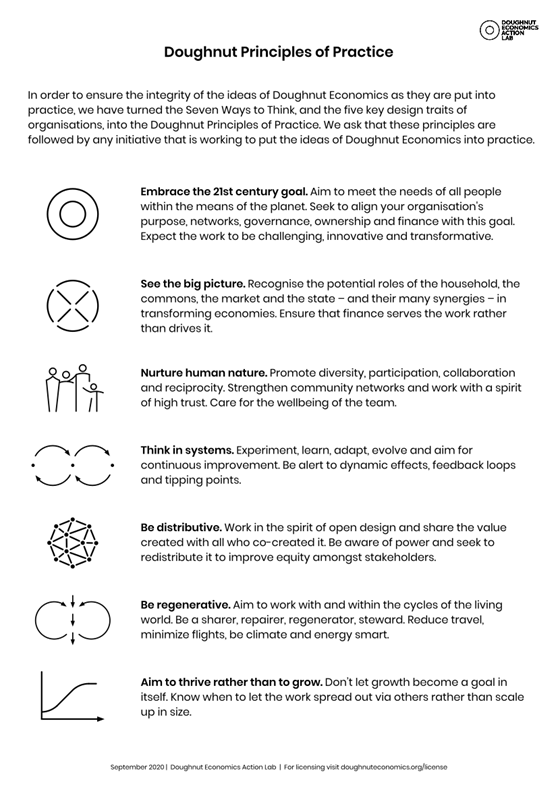
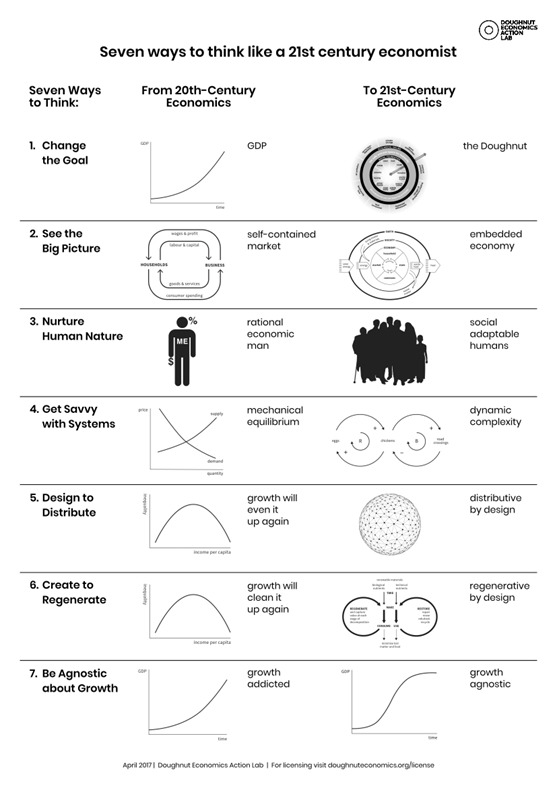



Really great article, and I like the visual aid too!
Thank you Markus! What we really love from that article are the seven (7) key principles and the MUD Jeans example!
Interesting article, and I truly believe that we have to shift our linear business models to circular ones wherever possible.
Thanks Justin!… And it’s true, not all business are able to shift to a circular economy one
I definitely recommend reading more on this topic- there are soo many resources, all fascinating
Yes! We will go back to this topic! Stay tunned!
Who knew that turning trash into treasure could save the world? #EconomicMagic
its amazing how gullible some people can be. Turning trash into treasure wont save the world, its just a catchy slogan. There are much bigger issues at play here that need to be addressed. #WakeUpCall
Who wouldve thought trash could be so valuable? 🗑️♻️ Lets turn rubbish into riches!